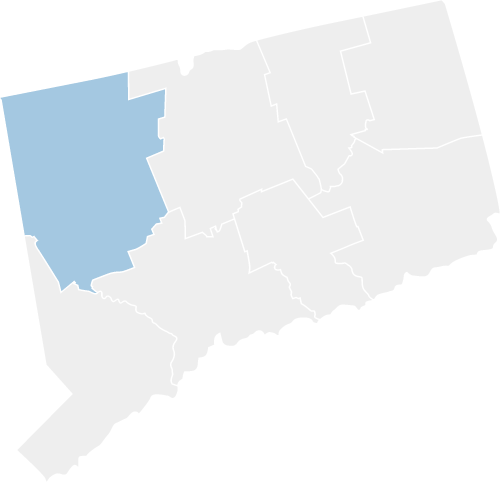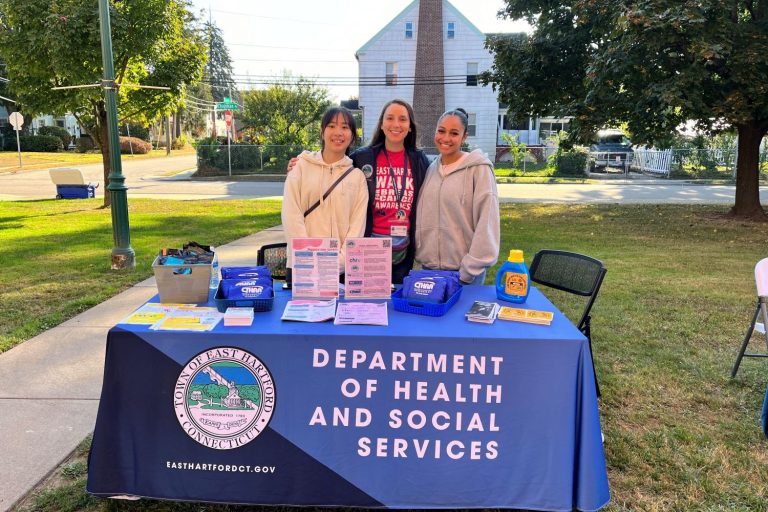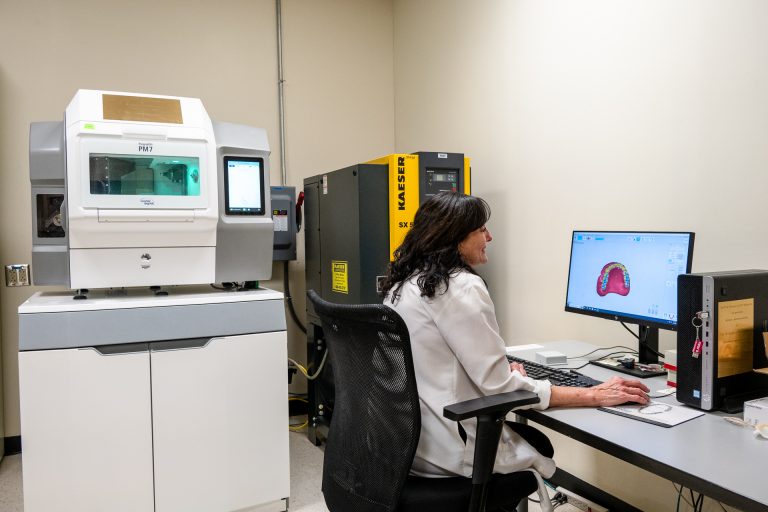Litchfield County
Quintessential New England
The embodiment of classic New England charm, Litchfield County features rolling hills and Connecticut’s portion of the famed Appalachian Trail. From stunning foliage in the fall, to excellent skiing conditions in the winter, Litchfield County provides its residents with some of the best outdoor recreation in all of New England. Despite being the largest county in the state, Litchfield County has the lowest population density in Connecticut.

Impact by Town
In every corner of the state UConn’s impact can be felt in numerous ways. From the number of students attending the University, to the dedicated faculty and staff working to make UConn what it is today, and the thousands of patients who seek quality care at UConn Health, our University touches all 169 towns in Connecticut. Find your city or town in the interactive map below to see how UConn reaches you.
UConn IS Litchfield County
Every region of the state has its own unique story and prospective to tell. UConn’s story is also Litchfield’s story.





